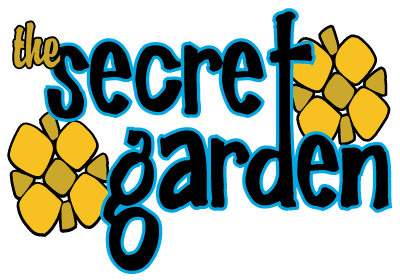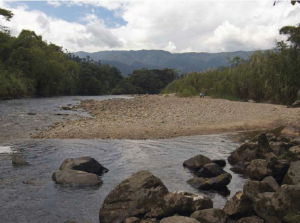Saraguro, one of the cantons of the Loja Province in Ecuador, is a land full of history, tradition, and natural beauty. Its indigenous communities have managed to preserve their culture and ancestral customs, making Saraguro a unique place in the country.
The Origin of Saraguro
The name Saraguro comes from the words “Sara,” which means corn, and “Guro,” which means pot, making it the land of corn. The town’s origins date back to pre-Hispanic times when it was an essential settlement in the region. The Spaniards renamed it “El Pueblo del Apóstol San Pedro de Saraguro” during the colonial era and annexed it to the Corregimiento de Loja. Every year, the Saraguros celebrate March 10th, which marks the day Saraguro became a canton.

Ñan Magazine (Enero , 2020 )
Cultural Identity
Saraguro is known for its mestizo and indigenous populations who have managed to preserve their customs and traditions for generations. The inhabitants of Saraguro are humble and proud of their ancestors, which is reflected in their clothing, music, and dance. In addition, they still preserve some old myths and beliefs that are manifested in music, stories and sayings.
Artisanal Skills
The raw material of Saraguro is worked by hand, resulting in beautiful pieces of handicrafts that are highly valued in the international market. More specifically, the inhabitants show their artisan skills in every step, from wool weaving to goldsmithing precious metals and mullos.
Clothing
The traditional clothing of Saraguro is also a reflection of its cultural identity. Women wear black woollen skirts with vertical pleats and colourful sashes tied around their waist. The skirt reaches below the knee, and in some cases, there is an opening on the side. The attire is complemented with an embroidered blouse of any colourful colour. The women also wear a reboso, a cloth that covers their back from the shoulders, secured with a silver pin called “tu po.” They also wear silver or mullo necklaces and silver, aluminium, or gold rings.
Men wear a kind of shirt without sleeves or a collar, consisting of a poncho folded over the shoulders and tied at the waist by a brightly coloured wool garment (sash). The garment is made up of two parts. The white one covers the inner part of the legs, while the black complements the sleeve and covers the thighs. The trousers are secured at the waist by a thick leather belt. This is adorned with buttons or rivets of aluminium or other metals, depending on their economic situation. Both men and women wear white hats with black patterns, wide brims, and round tops.

Expreso Ec ( 09 Marzo 2021)
Agriculture
The inhabitants of Saraguro cultivate the land in a traditional way, without tractors or technology. Instead they prefer the help of cattle and rudimentary ploughs. They have made Saraguro a place where you can find one of the best-quality marbles in Ecuador, close to the onyx gemstone desired by national and foreign trade.
Folklore
The indigenous communities of Saraguro are known for their music and dance, which still remain unexplored. The Folkloric Group “Saraguro” has visited several countries making known some of their dances, such as “EI Sarawi,” “El velorio del guagua,” “La Danza de las Ofrendas,” “El matrimonio,” “Los Danzantes,” “Las Mojigangas,” and “La Minga.” Their typical instruments are the reed flute, the pingullo, the rondador, the quipa, and the bass drum. However, they also interpret with unequalled mastery the indigenous vial and the concertina, as well as the guitar.
Handicrafts
Handicrafts are another important source of income in the Saraguro economy, especially textile work, basketry, ceramics and saddlery. Their production is intended for self-consumption and the local market.





